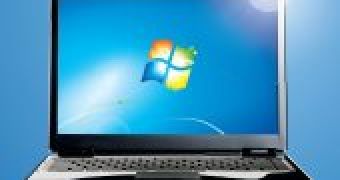The second Beta development milestone of Microsoft Assessment and Planning Toolkit 5.0 is now available for download. The Redmond company is offering the MAP Toolkit 5.0 Beta 2 bits through Microsoft Connect, just as it did with the first Beta, which was introduced at the start of October 2009. According to the software giant, the Beta 2 for Microsoft Assessment and Planning Toolkit 5.0 will only run through mid-June, 2010. This means that early adopters looking to test the offering and provide feedback to the company have a limited time to do so.
As was initially announced, version 5.0 of the MAP Toolkit is tailored to technologies beyond Windows 7, including Office 2010 and Windows Server 2008 R2. MAP Toolkit is designed to perform an inventory of heterogeneous environments and assess the level of readiness for migration to new technologies. Customers running mixed source solutions can also turn to this solution accelerator from Microsoft, as MAP Toolkit 5.0 comes with support for Linux platforms.
According to Microsoft, there are a few changes in MAP Toolkit 5.0 Beta 2, including “Software usage tracking for Exchange Server and SQL Server; SQL Server discovery and assessment for consolidation and migration recommendations for Windows 2000 Server.”
Essentially, MAP Toolkit 5.0 is set up to enable organizations to spare critical resources when planning IT infrastructure migrations. The promise from Microsoft is that customers testing MAP Toolkit 5.0 Beta 2 will get the chance to influence the evolution of the tool while it is still in development.
“The Microsoft Assessment and Planning (MAP) Toolkit 5.0 is an agentless tool designed to simplify and streamline the IT infrastructure planning process across multiple scenarios through network-wide automated discovery and assessments. This Solution Accelerator performs an inventory of heterogeneous server environments and provides you with usage information for servers in the Core CAL Suite and SQL Server, SQL Server 2008 discovery and assessment for consolidation, Windows 2000 Server migration recommendations, and a readiness assessment for the most widely used Microsoft technologies—now including Office 2010,” Microsoft stated.

 14 DAY TRIAL //
14 DAY TRIAL //